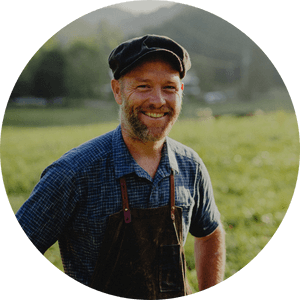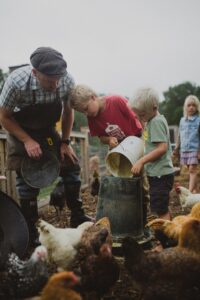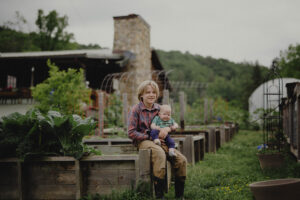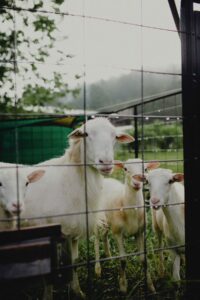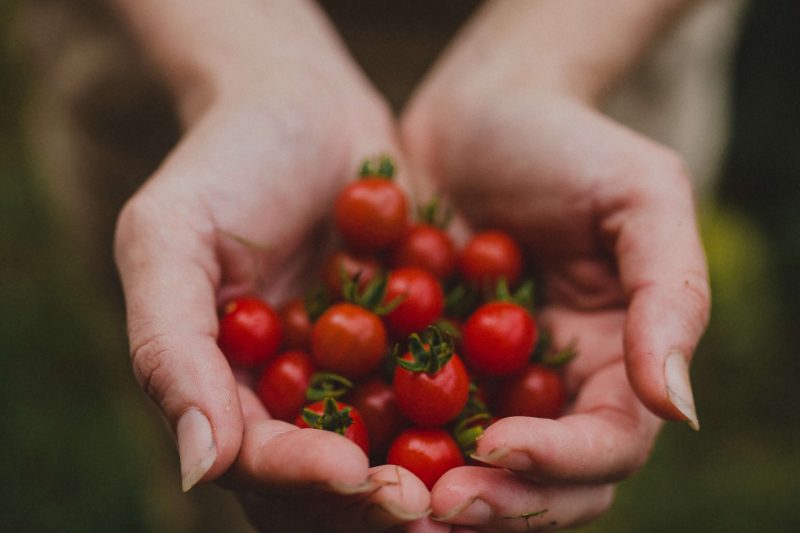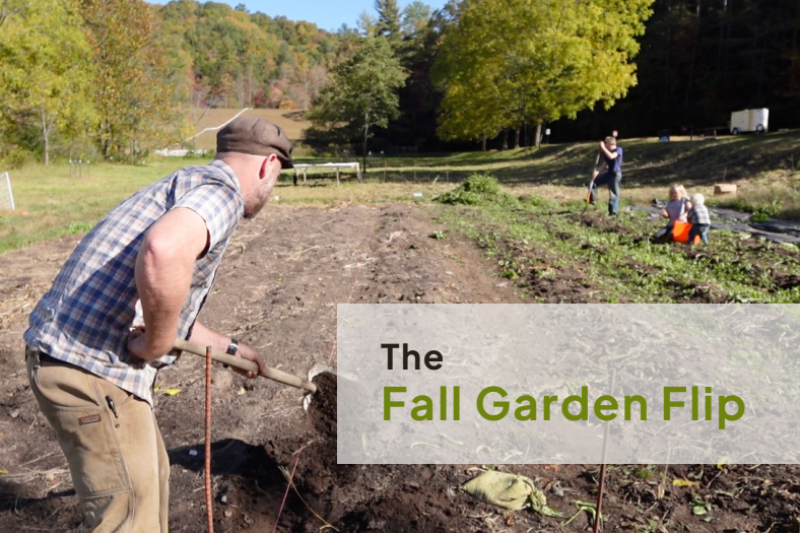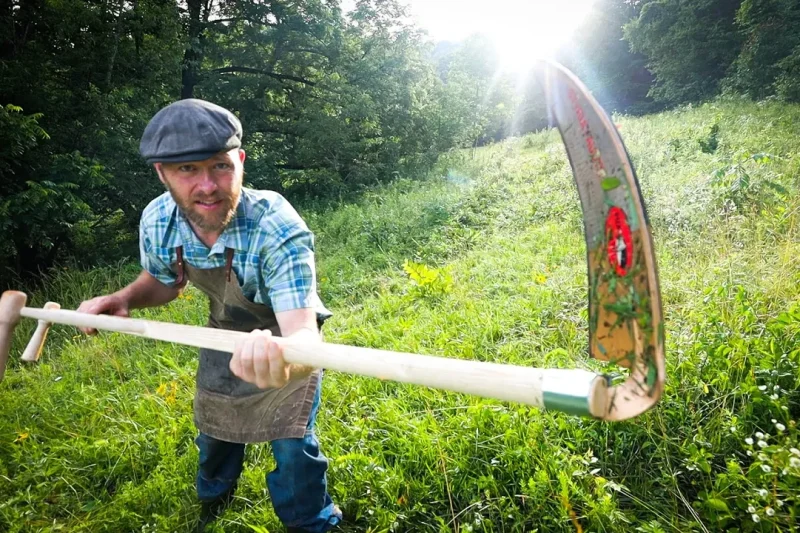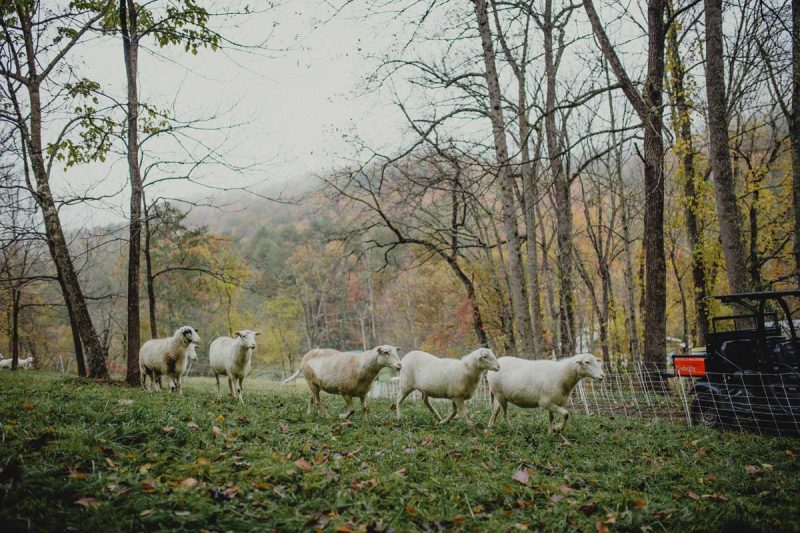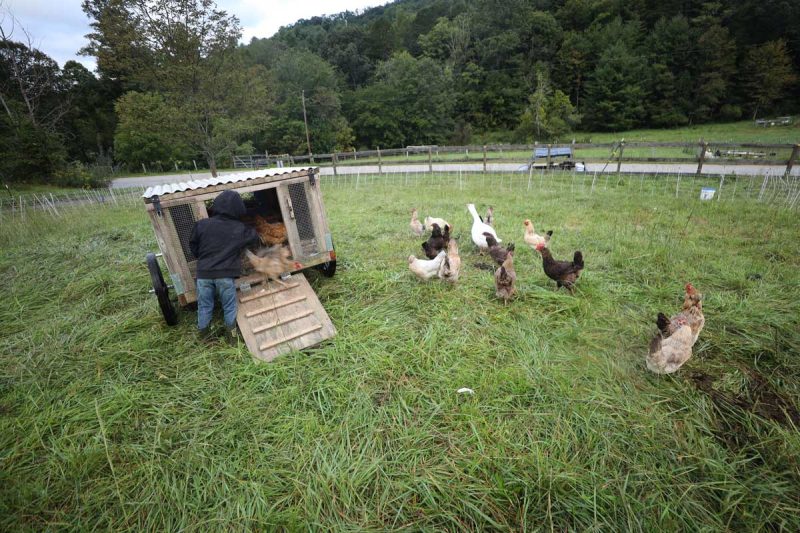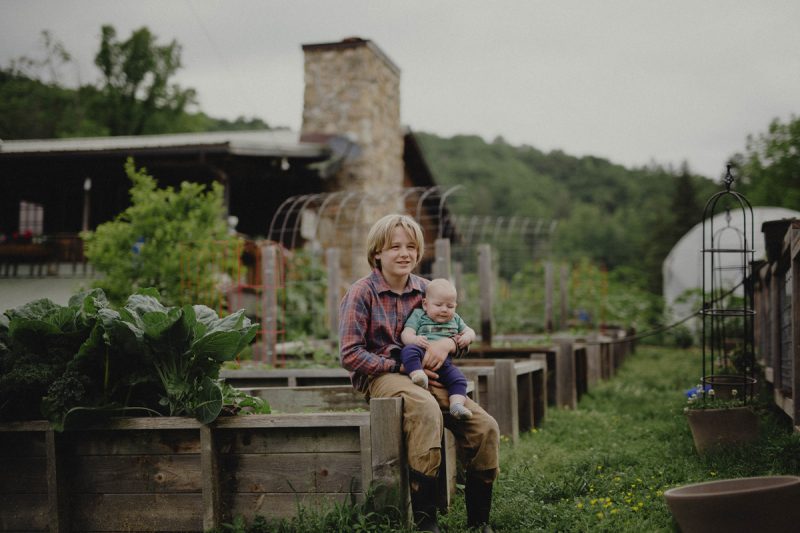In our modern urbanized society, it’s easy to forget the natural order of life and where our food comes from. Reconnecting with the process of raising and harvesting animals can help us have a deeper understanding and appreciation for the food we consume.
On-farm slaughter and butchering, when done ethically and in harmony with the nature of the animals, can provide a more humane and respectful approach.
Understanding Animal Nature and the Responsibility of Harvesting
No one understands the goal of raising animals better than the farmer. The ability to provide a quick and calm death requires an intimate knowledge of the animal’s nature and needs. Many prey animals, such as cows and sheep, derive peace from being close to their herd. Therefore, on-farm slaughter should take place near the animals’ companions, minimizing fear and promoting a kinder and calmer environment. Even though it’s counterintuitive to our human brains, it’s actually more stressful to remove them from the herd.
Each animal species should be harvested differently based on its unique nature. For example, pigs possess high intelligence and benefit from a quick death delivered by a gunshot. This approach ensures that the highly intelligent cerebral brain is swiftly eliminated, reducing the pig’s suffering. Conversely, sheep, being prey animals, should be kept calm by gently controlling their bodies and using a sharp knife for a precise and efficient harvest.
The build-up to slaughter is crucial, especially for prey animals like sheep. Creating a calm environment by corraling them in a small space reduces panic and stress. It’s important to handle animals with confidence and decisiveness, as hesitation and reticence can lead to a less peaceful slaughter.
The Role of Docility and Fulfilling the Animal’s Nature
By using simple tools and being docile to the animal’s nature, the farmer can maximize the yield and achieve a peaceful death. Working in harmony with the animals’ nature allows for a more cooperative and peaceful harvest. For example, holding a chicken upside down by its legs may seem counterintuitive from a human perspective but provides a calming effect on the bird. Understanding and respecting the animal’s instincts and behavior is key to achieving a peaceful slaughter.
The Virtue of Slaughtering and the Importance of a Quick and Calm Death
Contrary to popular belief, the act of slaughtering animals can be a virtuous and responsible practice. With experience and a deep understanding of the process, farmers become more proficient and ensure a quick and calm death for the animals they raise. This approach prioritizes the animal’s well-being and minimizes suffering.
Avoiding unnecessary coercion and working with the animal’s nature allows for a more harmonious interaction. When farmers honor the animal’s role in sustaining human life, they can provide a farm where animals thrive, protected from the harshness of the wild. In return, a quick and peaceful death becomes a sacrifice, solidifying the mutually beneficial trade-off.
The Drawbacks of Industrial Slaughterhouses and the Need for Alternative Approaches
Industrialized slaughterhouses, with their focus on efficiency, often neglect animal welfare. That’s why it’s crucial to explore alternative approaches, such as on-farm slaughter, which prioritize the well-being of the animals. By working with their instincts and creating a peaceful environment, farmers can provide a more compassionate end for the animals they raise.
Reconnecting with the natural process of raising and harvesting animals can deepen our understanding and appreciation for the food we consume. Ethical on-farm slaughter and butchering, when carried out with respect for the animal’s nature, can provide a more humane approach to food production. By understanding the unique characteristics and needs of each animal species, farmers can ensure a calm and respectful harvest.
If you’re interested in learning more about ethical farming practices, homesteading, gardening, and raising livestock, take advantage of a 7-day free trial of Abundance Plus, an online resource library and community that provides a wealth of knowledge and support for those interested in homesteading sustainable living. Whether you’re a seasoned farmer or just starting your journey, Abundance Plus can be a valuable resource to help you deepen your knowledge and connect with like-minded individuals.


